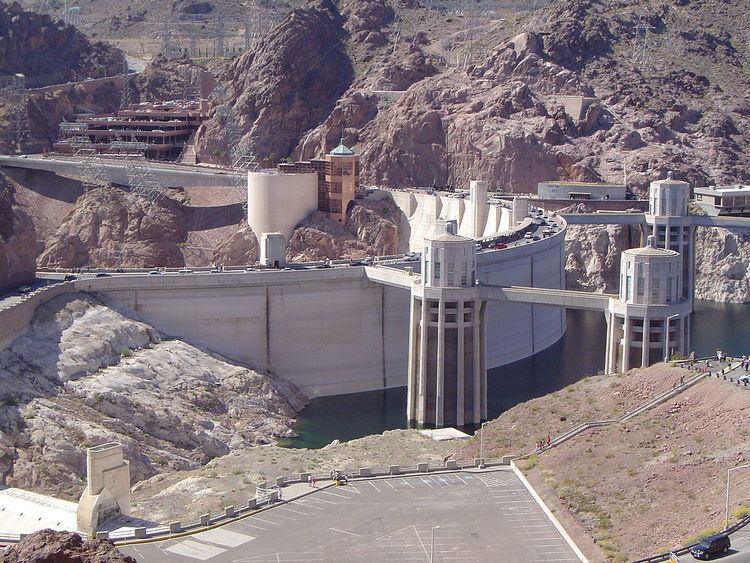 | ||
PWA Moderne (or "P.W.A. Moderne", PWA/WPA Moderne, Federal Moderne, Depression Moderne, Classical Moderne, Stripped Classicism) is an architectural style of many buildings in the United States completed between 1933 and 1944, during and shortly after the Great Depression as part of relief projects sponsored by the Public Works Administration (PWA) and the Works Progress Administration (WPA).
Contents
- Elements of the style
- Examples of PWA buildings
- ArizonaNevada
- Florida
- California
- Washington DC
- Iowa
- Minnesota
- Mississippi
- Nevada
- Tennessee
- Utah
- Washington
- References
The style draws from traditional styles such as Beaux-Arts classicism and Art Deco and is similar to Streamline Moderne but with zigzag ornamentation added. The structures reflect a greater use of conservative and classical elements and have a monumental feel. They include post offices, train stations, public schools, libraries, civic centers, courthouses, museums, bridges, and dams across the country. Banks were also built in the style because such buildings radiated authority.
Elements of the style
Typical elements of PWA Moderne buildings include:
Examples of PWA buildings
Examples of PWA buildings and structures include:
